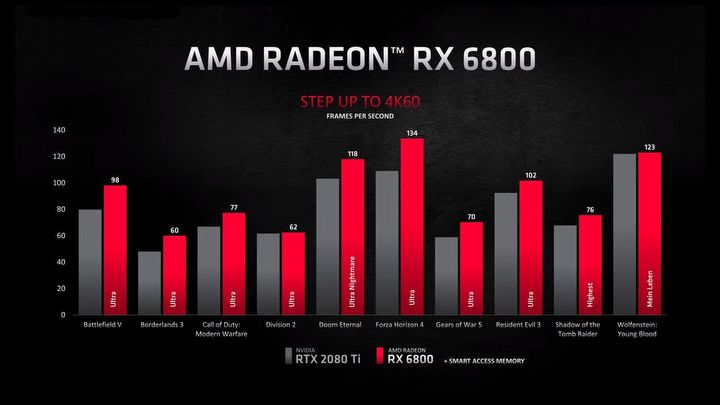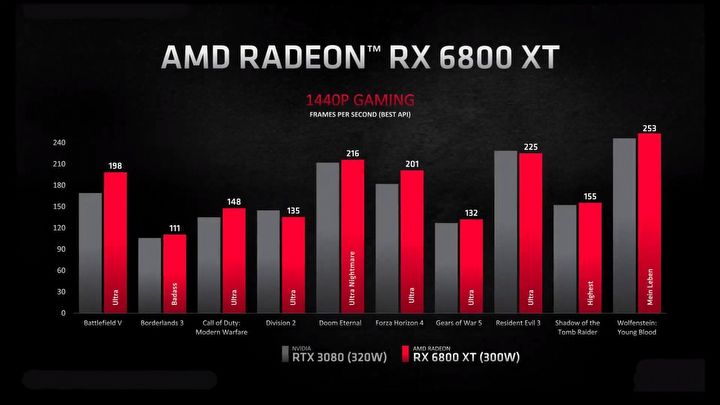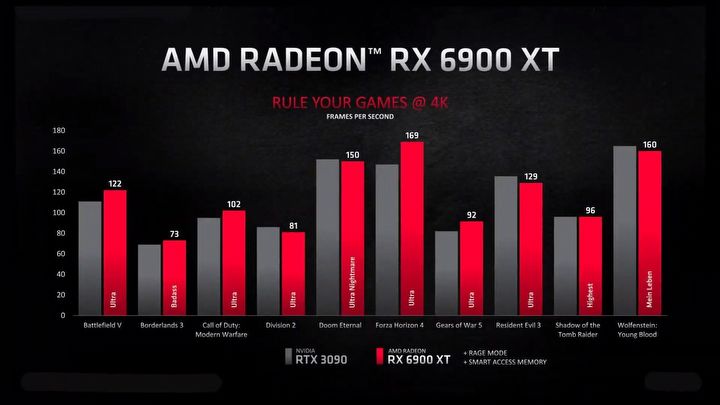Radeon RX 6900 XT, RX 6800 XT and RX 6800 Launch, Price and Specs
The official presentation of AMD Radeon RX 6000 graphics cards is over. We learned their specs, price and expected performance. Will they be able to compete with Nvidia's GeForce RTX 3000 series?
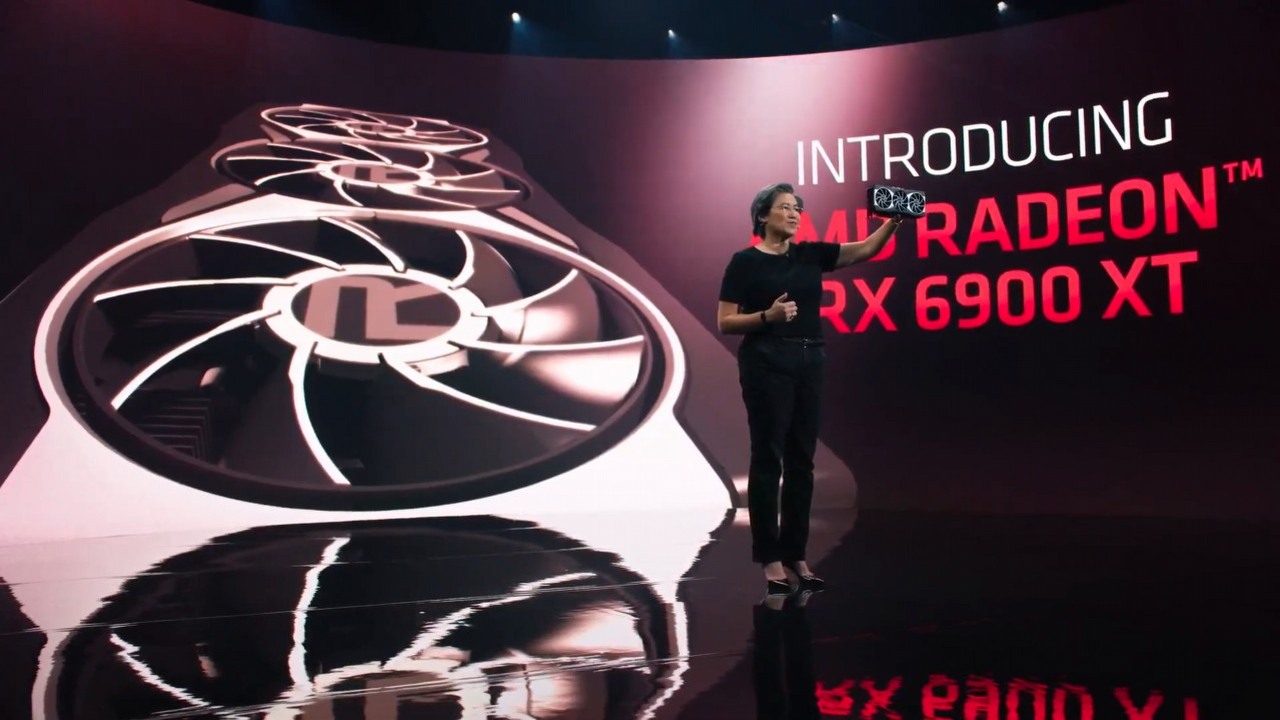
- Performance: RX 6900 XT +/- RTX 3090; RX 6800 XT +/- RTX 3080; RX 6800 between RTX 3070 and RTX 3080.
- Price: 999 USD (RX 6900 XT); 649 USD (RX 6800 XT); 579 USD (RX 6800).
- Release: November 18 (RX 6800 XT and RX 6800) and December 8 (RX 6900 XT).
Today, at 9 AM PT, AMD held a showcase of the upcoming Radeon GPU from the RX 6000 series, based on RDNA 2 architecture, manufactured using the improved 7-nanometer TSMC process. AMD announced the same number of cards as Nvidia at its presentation, namely Radeon RX 6900 XT, RX 6800 XT and RX 6800, which present approximately twice the performance in 4K than the strongest chipset of the previous generation, Radeon RX 5700XT. We have also seen a significant increase in clock ratings (up to 30%). We got to know the specs, prices and release dates of the announced devices. It seems that there is something to wait for.
Radeon RX 6900 XT, RX 6800 XT and RX 6800, specs and performance in games
The new generation of cards brings a significant improvement in performance per watt (by as much as 54%, and in the case of RX 6900 XT by up to 65%!) compared to the first generation of RDNA (Radeon RX 5000). The jump is therefore very large. Are you wondering what the specs of the revealed models looks like? The rumors are largely confirmed, but let's not prolong - here is the table with the specs of Radeon RX 6900 XT, RX 6800 XT and RX 6800:
Specification | Radeon RX 6900 XT | Radeon RX 6800 XT | Radeon RX 6800 |
Layout | Navi 21 XTX | Navi 21 XT | Navi 21 XL |
Number of CU blocks | 80 | 72 | 60 |
Streaming cores | 5120 | 4608 | 3840 |
VRAM | 16 GB GDDR6 | 16 GB GDDR6 | 16 GB GDDR6 |
Data bus | 256-bit | 256-bit | 256-bit |
Infinity Cache | 128 MB | 128 MB | 128 MB |
Base core clock | 2015 MHz | 2015 MHz | 1815 MHz |
Boosted clock | 2250 MHz | 2250 MHz | 2105 MHz |
Memory clock | 16000 MHz | 16000 MHz | 16000 MHz |
Memory bandwidth | 512 GB/s | 512 GB/s | 512 GB/s |
TBP | 300 W | 300 W | 250 W |
Release Date | December 8 | November 18 | November 18 |
Price | $ 999. | $649. | $579. |
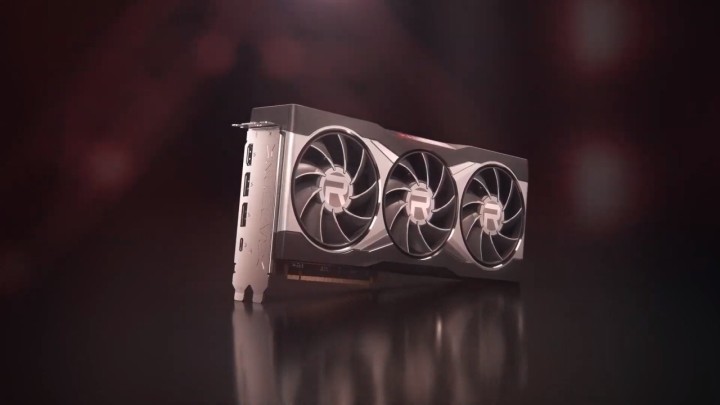
As expected, AMD provided performance charts in 1440p and 4K resolutions compared to GeForce RTX 2080 Ti, RTX 3080 and RTX 3090. Nvidia was rightly afraid of the new Radeons, as it turns out that AMD's cards are no worse, sometimes even better. It's worth adding that a narrower data bus than the competition shouldn't be a big worry thanks to Infinity Cache technology, which will support memory bandwidth and reduce the bottleneck effect.
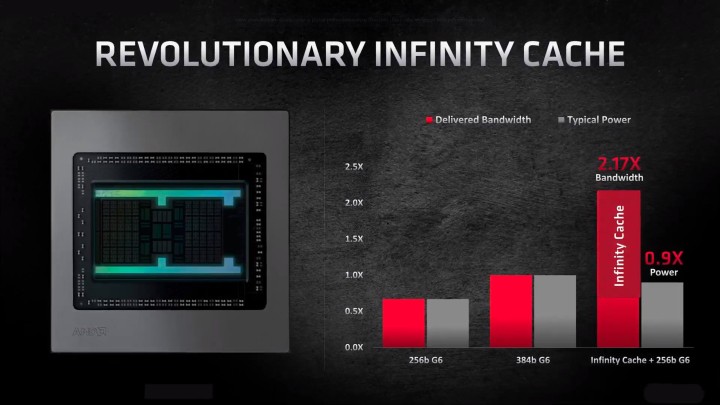
In short: RX 6800 XT performs significantly better in some games than RTX 3080 (e.g. Battlefield V, Wolfenstein: Youngblood), and in others worse (e.g. Resident Evil 3 Remake), RX 6800 leaves RTX 2080 Ti in the dust, and therefore also RTX 3070, while the strongest RX 6900 XT chipset sometimes happens to clearly outperform RTX 3090 (e.g. Forza Horizon 4, Call of Duty: Modern Warfare, Battlefield V), but sometimes it givse way to the competitive model (e.g. Wolfenstein: Youngblood and Resident Evil 3 Remake).
Note that the graphs mention Smart Access Memory activation and possibly Rage (OC) mode, which increase performance, especially when combined with Ryzen 5000 processors (the tests you see above were performed on Ryzen 9 5900X) . AMD has announced more interesting solutions like Anti-Lag or Boost, which will reduce latency in online gaming (answer to Nvidia Reflex?). AMD FidelityFX, which, it should be emphasized, is not equivalent to Nvidia DLSS, has been known for a long time, but AMD has also announced novelties in this technique (more to be revealed soon on the example of selected games).
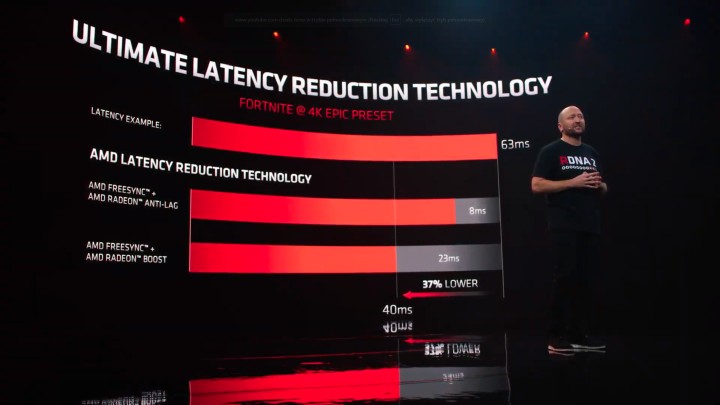
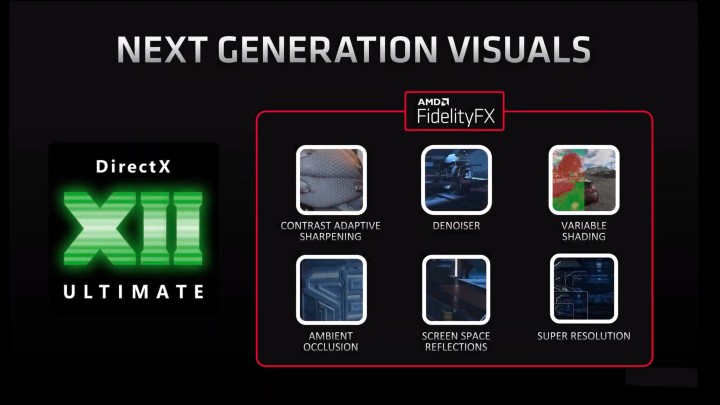
It's also expected to be a hot fall, also due to high power consumption. It has been confirmed that cards will require a lot of power, as will GeForce RTX 3080 and RTX 3090. Nevertheless, Radeons RX 6900 XT and RX 6800 XT, which are GeForce RTX 3090 (350W) and RTX 3080 (320W) counterparts, boast higher energy efficiency (300W TGP). In contrast, Radeon RX 6800, which is more efficient than RTX 3070 (220 W), has a total power consumption of 250 W, which appears to be adequate to its capabilities.
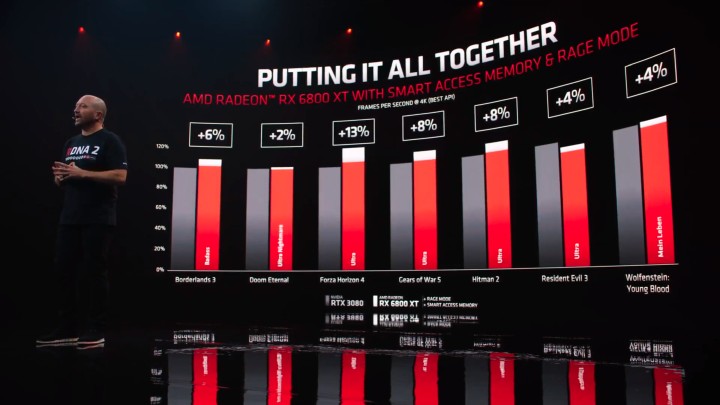
The new Radeons are also first AMD graphics to bring hardware ray tracing support. Unfortunately, we haven't learned the details of the offered performance after enabling this option. According to unofficial results, they will be closer to GeForce RTX 2000 (Turing) than RTX 3000 (Ampere), but soon independent reviewers will verify them.
Releases and prices
Today we are only dealing with a "paper" launch. AMD Radeon RX 6800 XT and Radeon RX 6800 graphics cards will be on sale on November 18, this year. We should expect benchmarks from independent websites around the same date. We will have to wait a little longer for the strongest chipet, until December 8, 2020. According to the insider reports, which came right after the presentation, AMD partners' original models are to be available for sale a few days after the release of reference cards. We do not expect much better availability than in the case of Nvidia.
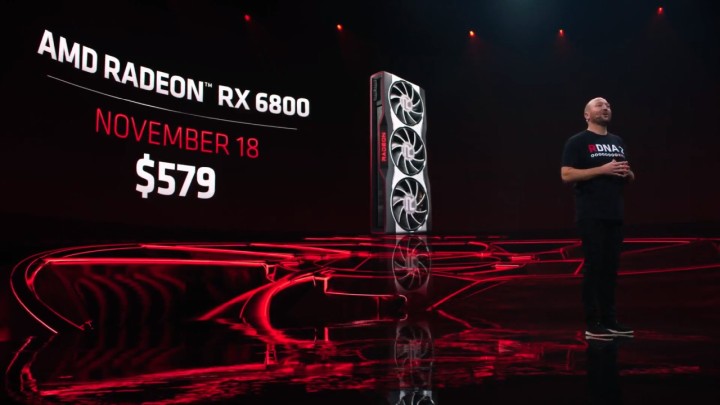
We have also learned the suggested prices. We have to admit that AMD will fight for customers with an aggressive policy. Radeon RX 6800 XT, which beats RTX 3080 in selected titles without any problem, will be $50 cheaper ($649). We will pay $579 for the weaker version of this card, which is more than for RTX 3070 ($499), but in the graphs it clearly outperforms this GeForce. RX 6900 XT, on the other hand, will be much cheaper than RTX 3090, and the charts suggest that it does not differ in performance, and sometimes exceeds it. There's nothing left to do but wait for the independent benchmarks and launch in stores.
- Cyberpunk 2077 looks even better with FSR 4 on older AMD graphics cards
- RTX 5070 Super and Ti Super leaked. This could be good news for those planning PC upgrades
- „End of Xbox Game Pass.” Players are reportedly canceling their subscriptions in such large numbers that they have overloaded Microsoft's website
0
Latest News
- End of remote work and 60 hours a week. Demo of Naughty Dog's new game was born amid a crunch atmosphere
- She's the new Lara Croft, but she still lives in fear. Trauma after Perfect Dark changed the actress' approach to the industry
- „A lot has become lost in translation.” Swen Vincke suggests that the scandal surrounding Divinity is a big misunderstanding
- Stuck in development limbo for years, ARK 2 is now planned for 2028
- Few people know about it, but it's an RPG mixing Dark Souls and NieR that has received excellent reviews on Steam, and its first DLC will be released soon
